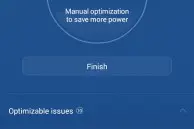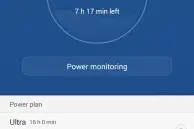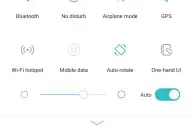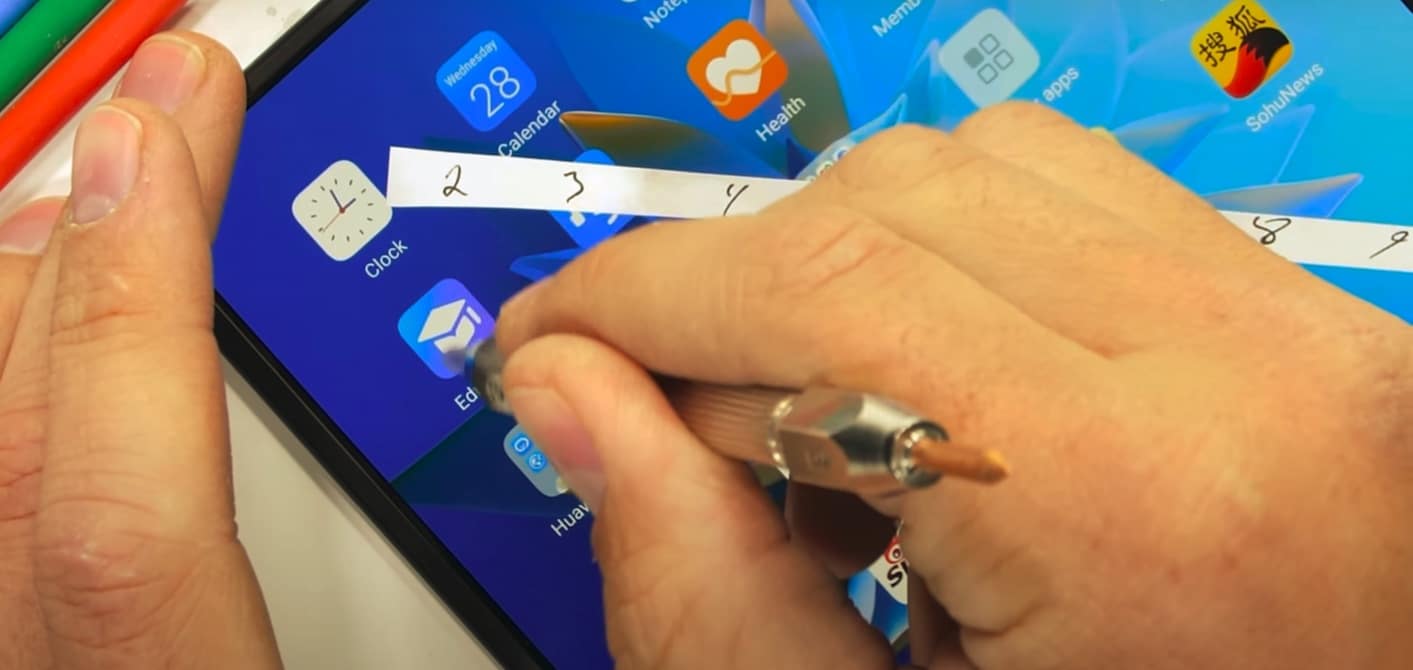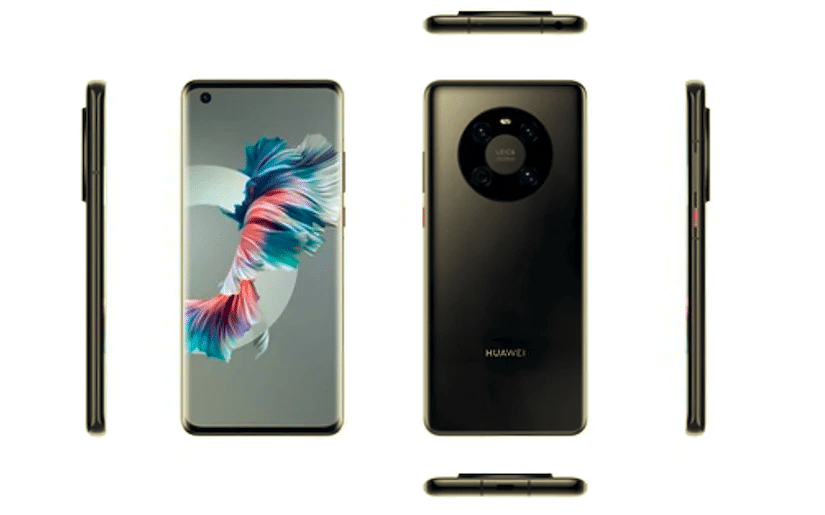
Outside of China, Huawei (pronounced WAH-WAY) has little to almost no presence. The company is mainly known for selling broadband modems, 3G/4G dongles and supplying other network equipments in the European and American markets. Despite its limited presence outside of China though, Huawei is among the five largest smartphone OEMs in the world.
Every year, Huawei ships millions of handsets, and is among the selected few companies in the highly competitive smartphone market that has a positive growth rate.
Huawei has been trying to make a name for its devices outside of China, and India — one of the fastest growing smartphone markets in the world — is among the key markets for the company.
That’s why the company has launched a brand new ‘Honor’ brand in India under which it will be launching smartphones to attract Indian consumers. The Honor 4X is among the first handsets released by the company under its Honor brand. The budget handset takes on some very popular handsets from the likes of Motorola, Micromax’s Yu and Xiaomi. But is it able to compete against these low-end heavy hitters? Read our review to find out.
Build Quality & Display

The front of the Honor 4X is pretty unremarkable, and looks very similar to the Yu Yureka. It is dominated by a 5.5-inch 720p display with capacitive navigation keys below it. The keys do not feature a backlight, so they are all but invisible in the dark.
The back, despite being made of plastic, has a very nice textured design that feels as well as looks good. The removable back hides the micro SIM and microSD card slots along with the 3000mAh non-removable battery.
Despite being made of plastic, the Honor 4X does not feel as cheap as the Yu Yureka or such handsets. Nonetheless, Huawei could have tweaked the front design of the handset to better distinguish it against other budget handsets with a 5.5-inch screen.

Software
The Honor 4X runs on Android 4.4 KitKat with Huawei’s Emotion UI 3.0 on top of it, which is more than just a skin. It makes the Honor 4X feels less like an Android device, and more like an iPhone wannabe.
Its not like Emotion UI looks bad or lacks features — far from it, in fact. The UI is loaded to the brim with customisation features that will be greatly appreciated by power users. Some of the features present in the UI include:
Draw: Allows you to draw a letter on the screen when it is turned off to launch a pre-specified app.
One-hand UI: Shifts UI elements of certain system apps to the right to make one-handed operation easier.
Protected apps: Allows you to specify which apps can run in the background even when the display is turned off.
Notification manager: Prevents apps from sending push notifications to the notification panel.
Do not disturb: Similar to iOS 7 and Lollipop’s DND mode where you can schedule the time at which the handset will automatically go into silent mode.
- Off screen gestures in Emotion UI 3.0
- The ‘Simple’ home screen
- The different power saving modes in Honor 4X
- The default home screen on Emotion UI is very much iOS inspired
- Customisable Quick Settings are displayed under their own panel in the notification shade
- Emotion UI also has lots of motion based gestures
Other notable features present in Emotion UI 3.0 include the ability to change the display color temperature, double tap to wake; and Ultra, Smart and Normal power saving modes to cater to different situations.
However, certain elements of the UI have a strong iPhone like feeling to it. For example, a swipe down gesture on the home screen brings up a spotlight like search menu, while a swipe up from the bottom of the screen on the lock screen brings up a Control Center like menu that provides quick access to frequently used toggles. Just like iOS, the Honor 4X also lacks an app drawer with the home screen itself acting as one. Emotion UI does contain an option to switch the home screen style to Simple, but that changes the UI to look like Windows Phone.
Huawei’s Emotion UI 3.0 is among the most beautiful and elegant looking skins among Android OEMs, but it is ruined by how it tries to copy the iPhone in certain aspects. While this might not be much of an issue for common users, it will certainly bug seasoned Android users.
Performance
Emotion UI 3.0 is a pretty heavy skin, but despite that the Honor 4X has no performance issues thanks largely to its quad-core Snapdragon 410 processor, Huawei’s optimisations and the 2GB of RAM. In day-to-day usage, the handset performs admirably without any hint of lag.
During my testing of over 2 weeks, I did not notice the Honor 4X to stutter or lag in day-to-day usage, which is rarely the case with budget smartphones. While I did encounter some jitter while scrolling through heavy websites in Chrome, the overall performance was still more than acceptable. Performance while playing games like Beach Buggy Racing and Riptide GP2 is also sufficient, though there is a slight drop in frame rates in certain areas.
One of my biggest gripe with the Honor 4X is its limited internal storage. Huawei only sells the phone with 8GB of internal storage, but makes up for it by including a microSD card slot. While the latter will please media junkies, 8GB of storage space is simply not sufficient in this day and age. Out of the box, the Honor 4X has only around 4GB of storage space free, which can be easily filled once you install a few popular apps and a couple of big games.
If you are a casual user, the limited storage space will not bother you much, but for power users, this is almost going to be a deal breaker.
Camera

One of the major highlights of the Honor 4X is its 13MP F/2.0 aperture rear camera with a 27mm wide-angle lens. On paper, the camera specs of the Honor 4X are substantially better than its competition: Xiaomi’s Redmi Note 4G and the Yu Yureka.
The resulting images from the camera is also able to live up to its hardware, and captures some brilliant images for a budget device. In daylight, the Honor 4X camera is miles ahead of the Yu Yurkea, with only the Redmi Note 4G giving it some competition. This does not mean the camera is perfect though. It seems to have a very limited dynamic range, and blows out highlights very easily.
In low-light, the F/2.0 aperture helps the handset to take in more light, but the final image still has a lot of noise with a purple tinge on them.
You can check out some camera samples from the Honor 4X below.
Battery life & Conclusion
The combination of a beefy 3000mAh and a Snapdragon 410 processor means that the Honor 4X can easily last a day of heavy usage. In my testing, I was constantly able to squeeze out more than 5 hours of screen on time from the handset over a period of 24 hours. In fact, the battery life of the Honor 4X was so good that I never got the chance to fiddle around with any of the power saving modes included by Huawei in its Emotion UI.
Of all the budget smartphones currently available in the market, the Huawei Honor 4X is the costliest of them all with a price tag of Rs. 10,499. While this is not substantially higher than its competitors — the Yu Yureka and Xiaomi Redmi Note 4G — even a slight difference in price can be a deal-breaker for many customers in the price sensitive Indian market.
For that extra Rs. 500 though, Huawei is bundling some free vouchers and 3 months of free music streaming from Hungama, which is of considerably higher value. In addition and most importantly, Huawei is offering the Honor 4X with 15 months of warranty compared to the traditional 12 months given by other OEMs. This clearly shows how confident the company is about the reliability of the handset.
In the end, if you are looking for a budget phablet and can live with a limited amount of storage, the Huawei Honor 4X is your best choice.


